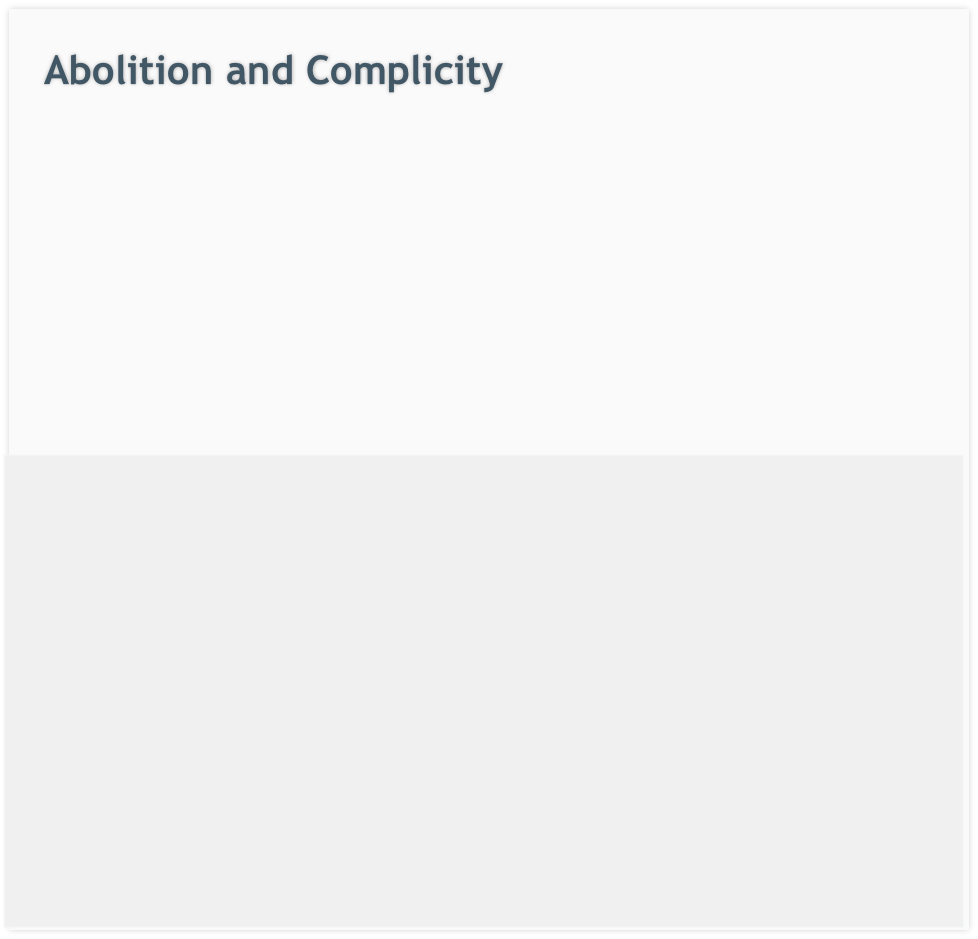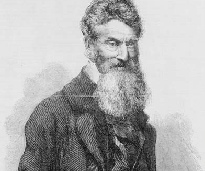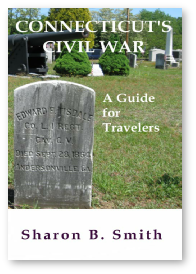CONNECTICUT’S CIVIL WAR




Connecticut’s participation in the Civil War began long before any shots were fired. In fact, there’s an argument to be made that events which took place in Connecticut during the seventy years prior to 1861 made the outbreak of war inevitable and played a major role in determining the intensity of the conflict.
Many Connecticut men and women stood at the front lines in the long battle against the institution of slavery. Some of the state’s many abolitionists risked their safety and freedom helping slaves escape to the North, and others brought the horrors of slavery to the attention of people around the world. But other Connecticut citizens grew wealthy and famous on the backs of slaves. These people helped strengthen the institution, insuring that war, when it came, would be devastating in its scope and depth.
Author
As the daughter of a famous slavery-hating Puritan divine, Harriet Beecher Stowe was born to a life of abolitionism. While living in Cincinnati as a young woman, she traveled to Kentucky and saw slavery in action. She never forgot the visceral impact of the sight and, years later, used the scenes in her most famous work, Uncle Tom’s Cabin. Connecticut sites related to Stowe include the location of her birthplace, her father’s church in Litchfield, her grandparents’ house in Guilford, and her final home in Hartford.
Anti-slavery revolutionary
Schoolmistress
Harriet Beecher Stowe
John Brown
Prudence Crandall
Textile Industry
Dozens of mills and factories produced thread, cotton fabric, and clothing thanks to the labor of thousands of slaves.
Arms Industry
Colt and Whitney helped arm the state militias of the future Confederacy during the years before the war. Shipments continued until just weeks before the fall of Ft. Sumter.
Carriage Industry
One of Connecticut’s most profitable products was aiimed at the plantation south.
John Brown, descendant of generations of Protestant fundamentalists,left Connecticut as a child but maintained connections to the state for the rest of his life. In 1859 he led a small band of followers to a brief and failed takeover of the Federal arsenal at Harpers Ferry, Virginia. Brown’s hanging made him a martyr and hastened the start of the Civil War. Connecticut sites related to John Brown include his birthplace in Torrington, the site of his school in Morris, and the factory in Canton where he purchased the pikes to be used in in his raid.
Prudence Crandall was a Rhode Island-born Quaker schoolmistress who closed her school for white girls when parents objected to her enrolling a black girl. She reopened as a school for free black girls from Connecticut and neighboring states.The opposition of neighbors and persecution by local officials forced her out of Canterbury less than two years later, in 1834. But her ordeal had changed the attitudes of thousands of state residents and when the Amistad arrived five years later the slaves aboard were widely supported.


| Geography |
| Geography |